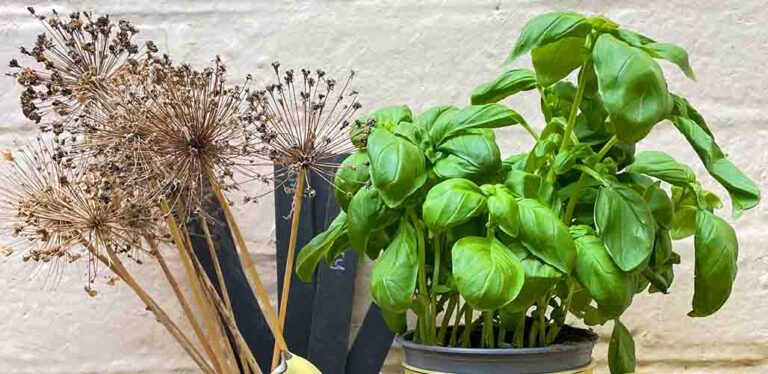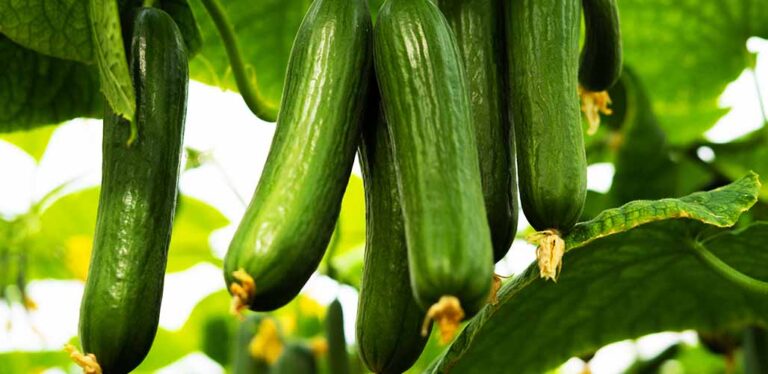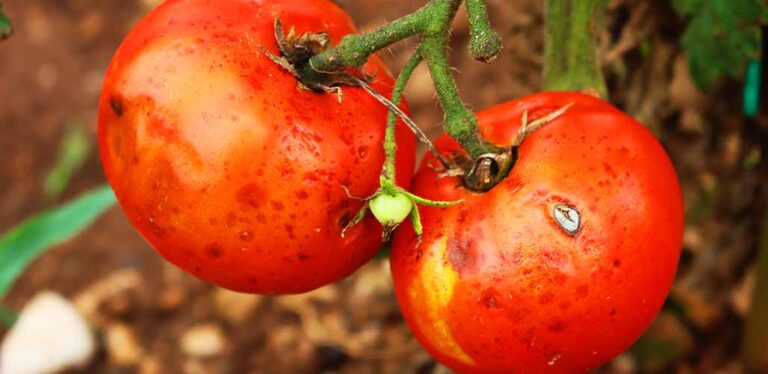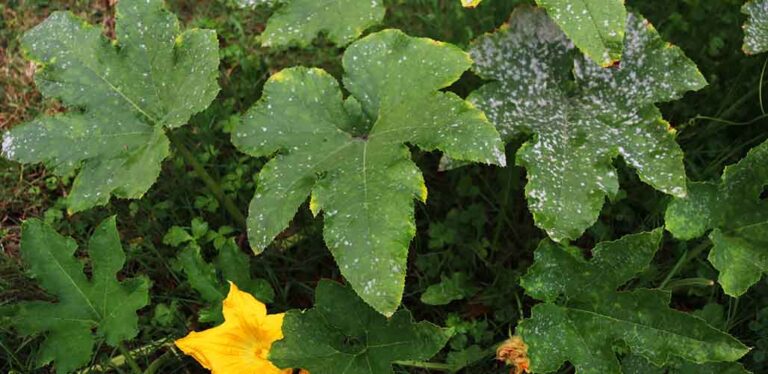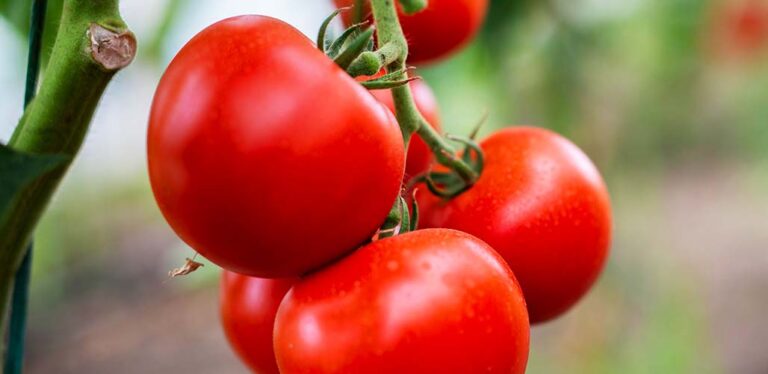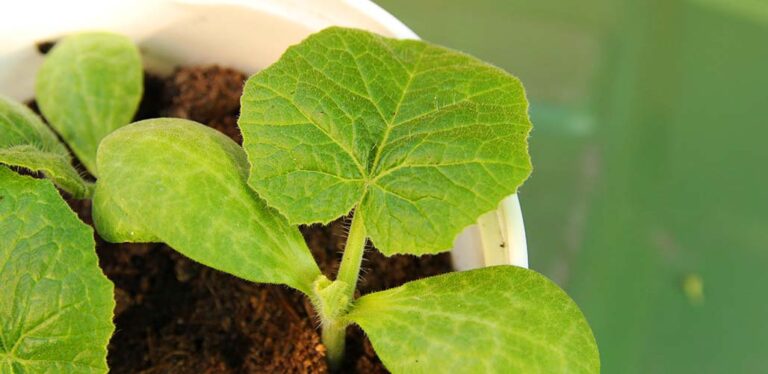Why Is My Mycelium Growing So Slow?
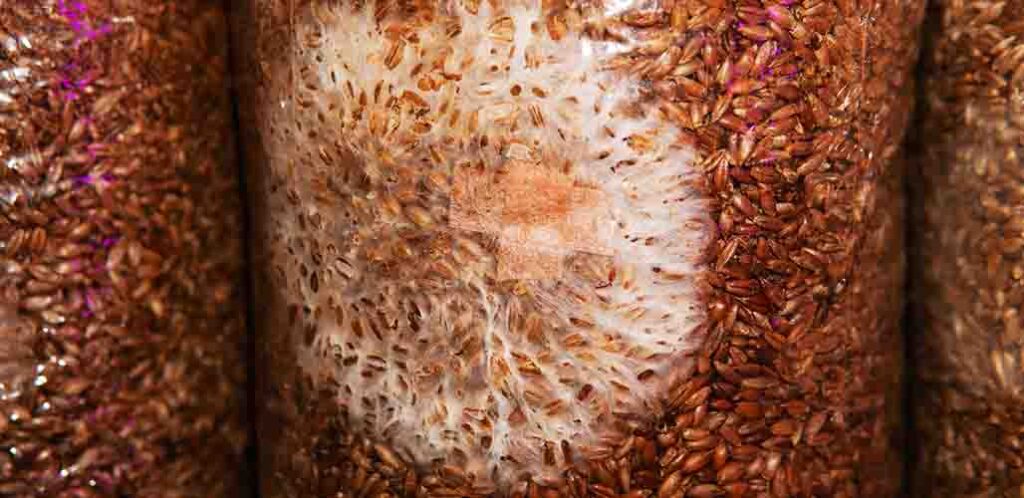
Growing mushrooms is fascinating, satisfying, and trendy as heck. But it also has the potential to be pretty complex and challenging. Since fungi are a completely separate biological kingdom to plants, not much of what you’ve learned growing lettuce or strawberries applies here. In fact there is a whole new life cycle to learn, complete with a whole new suite of potential pitfalls to encounter. One of these is ‘why is my mycelium growing so slow?’ And there are lots of possible reasons. From the benign (it’s a naturally slow variety), to the fixable (it’s too cold), to the worst case scenarios (it’s cooked itself). Here’s a complete list to work through, and find which applies to you.
Contents
- What is happening during incubation?
- Why is my mycelium growing so slow?
- Could gas exchange be responsible?
- Factors you can rule out
Growing mycelium
The stages of cultivating your own homegrown mushroom crop are:
- Preparing a substrate (growing medium) for them.
- Adding mushroom spawn – a small quantity of dormant mycelium from your chosen variety.
- Incubating the substrate and spawn mix until the mycelium has completely engulfed it.
- Inducing ‘pinning’, or fruiting – growth of edible mushrooms from the myecelium.
- And finally, harvesting!
In this article we’re focussing on the third step – incubating the substrate so that a small amount of mycelium added to it will grow and grow until it is ready to sprout mushrooms.
What is happening during incubation?
Mycelium consists of a network of very fine hairs, or filaments, called hyphae. Its function is roughly akin to the root system of a plant. When mushroom spawn is added to a growing medium and all the conditions are right, the small quantity of mycelium in the spawn will start growing new hyphae – known in mushroom farming as ‘running’. The running hyphae feed on the substrate as they spread, gradually engulfing and replacing it with a dense network of interconnected strands, called mycelium. When all of the substrate has been consumed, it’s time to induce the mycelium to start growing mushrooms, which are like the fruit on plants.
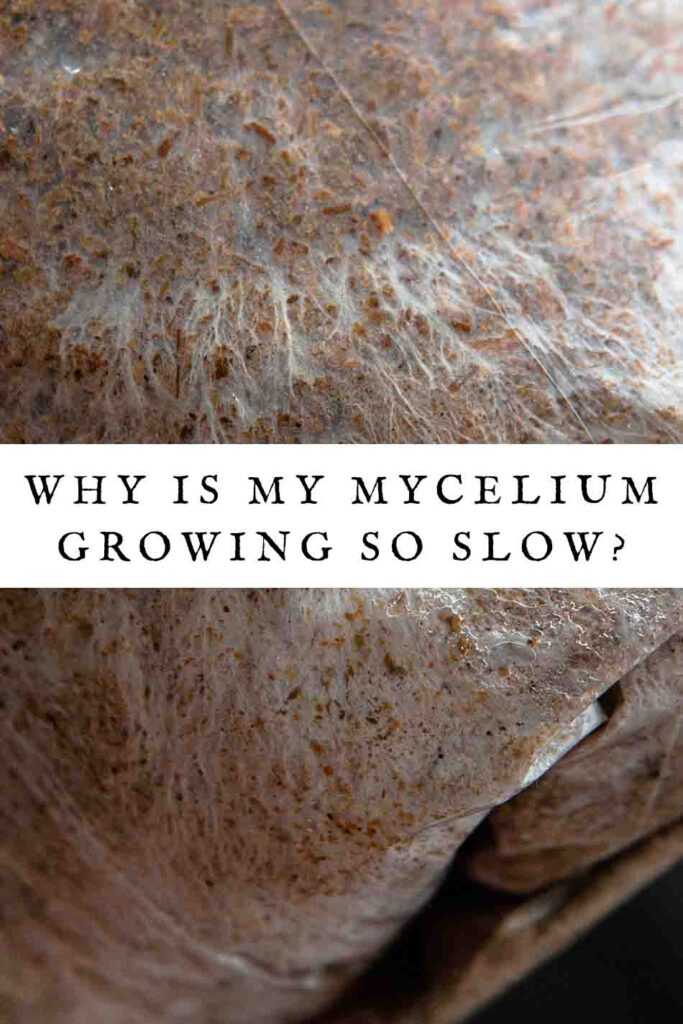
It can be tricky to get mycelium to start fruiting if it hasn’t used up all of the substrate first. Furthermore, since mushrooms draw energy from the mycelium to grow, if you don’t start with a dense network of mycelium, you’re not going to get a very satisfactory crop of mushrooms. It also follows that mycelium which is growing slowly is delaying your crop too!
Why is my mycelium growing so slow?
There are lots of possible causes of slow mycelial growth to consider:
- The variety you have chosen has a naturally slow incubation time.
- Your substrate is not ideal.
- There is not enough moisture in the substrate.
- Or there is too much!
- The substrate is contaminated.
- Conditions are too cold…
- …or too hot.
- The substrate has been disturbed.
The variety you have chosen has a naturally slow incubation time
The mycelium of different mushroom varieties grows at different rates. In ideal conditions, oyster mushrooms can complete this stage of their life cycle in 10 – 20 days, whilst shiitake mushrooms take 42 – 84 days. Before you despair or change anything, check whether your slow growing mycelium is growing normally for its type!
Your substrate is not ideal
Growing mushrooms (or any crop in fact) starts with a good growing medium. Mycelium digests the substrate to fuel more growth. It will grow more slowly in an adequate substrate than an optimum substrate, and even more slowly still (if at all) in a poor or unsuitable substrate. Popular substrates include:
- Coffee grounds
- Sawdust
- Equal parts of coconut coir and vermiculite
- Chopped straw
- Bran from wheat, oats or rice
- Hardwood pellets
- Cardboard (usually mixed with one of the above)
- Manure
Substrate issues which can slow down mycelium growth include:
- Wrong pH. Mycelium needs a slightly acidic conditions – ideally between pH 5 – 6.5.
- Lack of nutrients. Ideal mycelium substrates are 1 – 2% nitrogen. Substrates like straw, sawdust and cardboard are contain less than this, so they need supplementing before the spawn is added. Boiling substrates in water to sterilize them rather than using an autoclave or pressure cooker can also leach out nutrients.
- Poor structure. The substrate needs to be dense, but with lots of surface area for hyphae to run across and a good distribution of tiny air spaces for gas exchange.
- Presence of fungicides. Lots of crops like wheat, barley, oat and rice are treated with fungicides. If your straw or bran still has fungicidal residue, this is obviously going to impede mycelial growth!
- Substrate is not ideal for your chosen variety. Different mushroom varieties can even have their own distinct growing medium preferences. For example oyster mushroom mycelium grows most strongly on straw, whilst shiitake and lion’s mane mycelium prefer hard wood pellets or shavings.
Not enough moisture in the substrate
More than anything else, mycelium needs food and moisture. If your substrate is too dry, it will grow slowly, or not at all. Some growing mediums need more attention to adding water than others. For example straw will usually absorb enough water during pasteurization, but wood chips or pellets might need soaking in water for several hours first.
Or there is too much
Equally, the substrate shouldn’t be dripping wet. Too much water will fill the air spaces in the substrate that the hyphae would otherwise run into. If you squeeze a handful of growing medium, it should be damp enough that a few drops of water come out, but not sloppy.
The substrate is contaminated
The perfect growing medium isn’t just a haven for your mushroom spawn. It’s practically a holiday destination for all kinds of other fungi and bacteria too. If these are introduced at the same time as the spawn, they can out-complete the mycelium in the spawn, and stunt its growth. You probably put a lot of effort into sterilizing your substrate, so don’t forget to sterilize your gloves, work surface, equipment and containers too! If your mycelium is growing slowly, check for green or black spots that indicate contamination.
Conditions are too cold
The mycelium growing stage is called incubation for a reason – it needs warmth! The ambient temperature should be at least 64°F, and ideally about 70°F. The lower it is, the slower your mycelium will grow, and below 64°F it could stop altogether.
…Or too hot
On the other hand, if the substrate goes over 77°F, the mycelium will start to cook. Bear in mind that as the mycelium consumes and decomposes the substrate, heat is released. So the inside temperature of the bag is going to be higher than the outer surfaces. Don’t stand multiple bags closer than a hand’s width apart, to allow adequate airflow between them.
The substrate has been disturbed
The best thing you can do after adding mushroom spawn to your growing medium is pop the bag somewhere consistently about 70°F, and leave it completely alone for at least 10 days. If you keep agitating the bag looking for signs of life, you will disrupt the delicate network of hyphae forming, and set back mycelial growth.
Could lack of gas exchange be responsible?
As mycelium spreads through its bag (or jar, or whatever vessel you’re using), it releases carbon dioxide as a waste product of digesting the substrate. Potentially, in a sealed container the build up of carbon dioxide could suffocate the growing mycelium, and cause its growth to slow right down. You may have already seen fungiculture enthusiasts online discussing the relative importance of allowing gas exchange – and noticed that there isn’t a lot of consensus about! Here’s what you need to know:
- Carbon dioxide production varies by mushroom variety, the growing medium, and the rate the mycelium is growing at. Some laboratory growing trials have demonstrated that allowing gas exchange in and out of the substrate improves mycelial growth and, eventually, mushroom yield. However, many growers are skeptical about whether the theoretical potential gains outweigh the risks under normal growing conditions.
- Specifically, making holes in your bag for carbon dioxide to escape also creates the possibility for letting contaminants in.
- And, letting too much fresh air into the substrate can also trigger premature fruiting, before the mycelium is fully established.
- If your substrate has the right texture and isn’t too wet, there should be plenty of air trapped in the bag to complete incubation, without letting in more or releasing CO2.
- If it is going to become a problem, it is more likely to be towards the end of the incubation phase. Slow growth at the beginning is more likely to be attributable to something else from the list above.
Factors which aren’t responsible for mycelium growing slowly
If you’re troubled by the question ‘why is my mycelium growing so slow’, there are a lot of possible causes to consider and eliminate. But there are a couple things you don’t need to worry about. You can rule out:
- The time of year. Unlike most edible crops, you can start a new mushroom life cycle at any time of year, and complete the process entirely indoors under controlled conditions.
- Light. Mycelium doesn’t care whether it’s light or dark. In commercial mushroom farms, the lights are turned on and off to suit the people who work there, not the mycelium! When it’s time to induce fruiting, the mushrooms will grow towards the light. An overhead light source it useful then to get them all growing in the same direction for easier harvesting.
Why is my mycelium growing so slow? Summary
There are several factors which could be responsible for slow mycelial growth. Some mushrooms just complete this stage of their life cycle more slowly by nature. Other factors, like temperature, can sometimes be successfully corrected part way through the incubation period. On other occasions, slow growing mycelium is a sign of a more fundamental problem, like choosing a substrate too low in nitrogen, and not realizing it would need supplementing. When this happens, sometimes all you can do is cut your losses and chalk it up to experience. We’ve all been there in one way or another, and I hope you won’t let it put you off fungiculture for good!
Tell us in the comments box how you’re getting on with growing mycelium? Is a method which worked perfectly for you in the past producing slower results this time?

